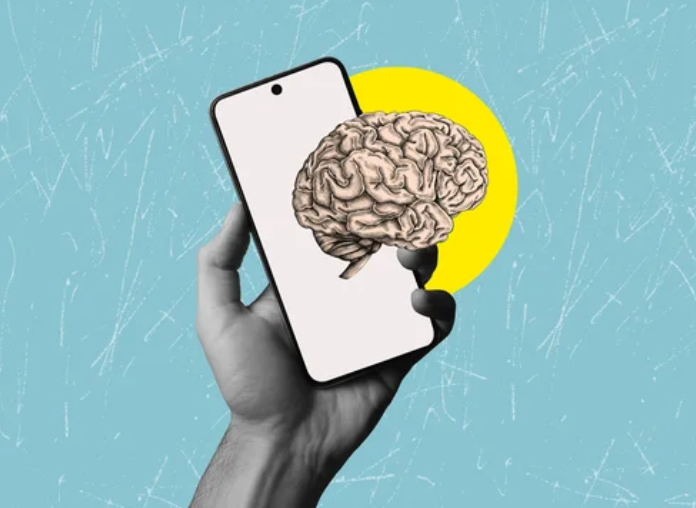Abstract
Improving PIN Entry Accessibility for SMART-ID Users with Parkinson’s Disease.
Pages: 1-2
Category: Editorial
Published Date: 19-06-2025

Paula Abola1*
Author Affiliation:
1 Department of Clinical Research, University of Jamestown, 4190 26th Ave. S., Fargo, ND 58104, United States of America
Keywords:
Neurology, Parkinson
Abstract:
SMART-ID is a widely used digital authentication application in Latvia, enabling secure access to online banking, government portals, and healthcare services [1]. While its speed and convenience have benefited the general population, its current design may unintentionally exclude a vulnerable user group: individuals living with Parkinson’s Disease (PD).
In informal discussions with several people diagnosed with PD, a recurring issue was raised concerning the difficulty of entering the required PIN code in the SMART-ID app.
Parkinson’s-related hand tremors, a common motor symptom, often lead to accidental mistypes during PIN entry [2]. Since the app automatically processes the code as soon as it is entered, users are not given the opportunity to review or confirm the code before it is validated. After a few incorrect attempts, the app is locked, resulting in loss of access and the need for time-consuming reactivation steps, often with assistance from others.
Although the SMART-ID app complies with high security standards, current accessibility practices suggest that authentication systems should offer alternative input options or confirmatory steps to accommodate users with motor impairments [3,4]. I have contacted the SMART-ID development team and suggested a small but potentially impactful modification: introducing a manual confirmation step (e.g., an “OK” button) after PIN entry. This would allow users with motor difficulties to verify or correct their input before the system registers a failed attempt.
For individuals with PD, such a design improvement could significantly reduce frustration, prevent lockouts, and promote digital independence. As healthcare systems become increasingly digitized, we must ensure that authentication tools are inclusive of those with physical or neurological disabilities [5]. While this issue may seem minor from a system perspective, it has meaningful implications for quality of life, autonomy, and equitable access to essential services.
I hope this suggestion will encourage developers and digital health policymakers to consider accessibility-enhancing features in authentication apps, not only in Latvia but globally.